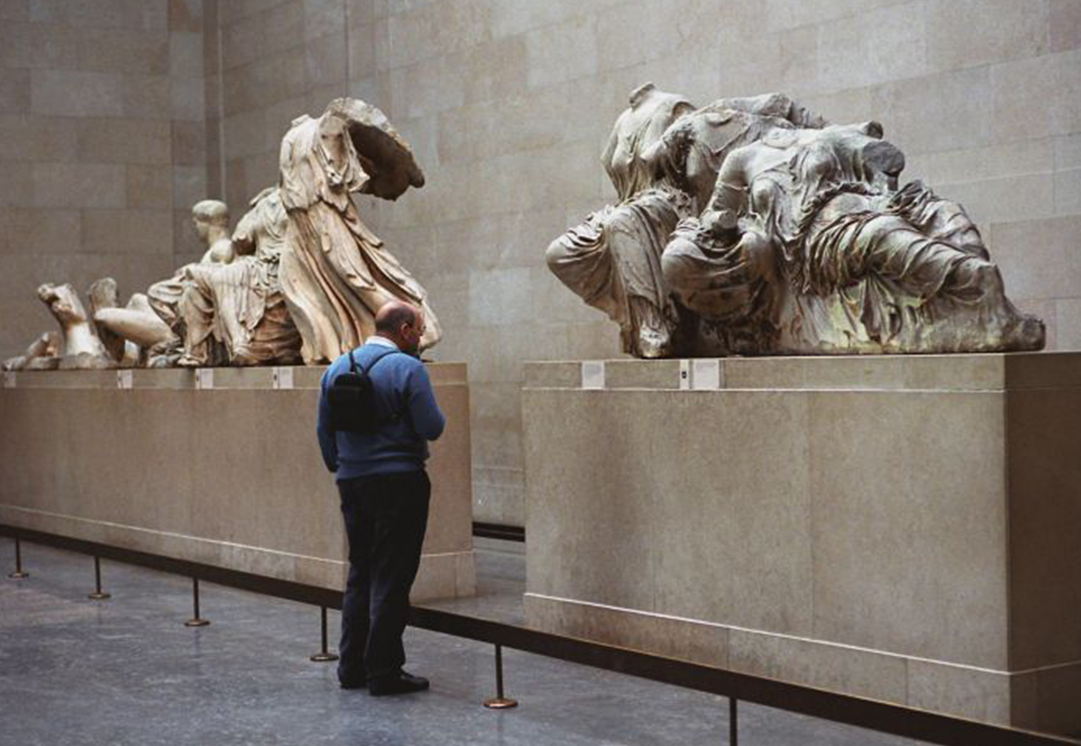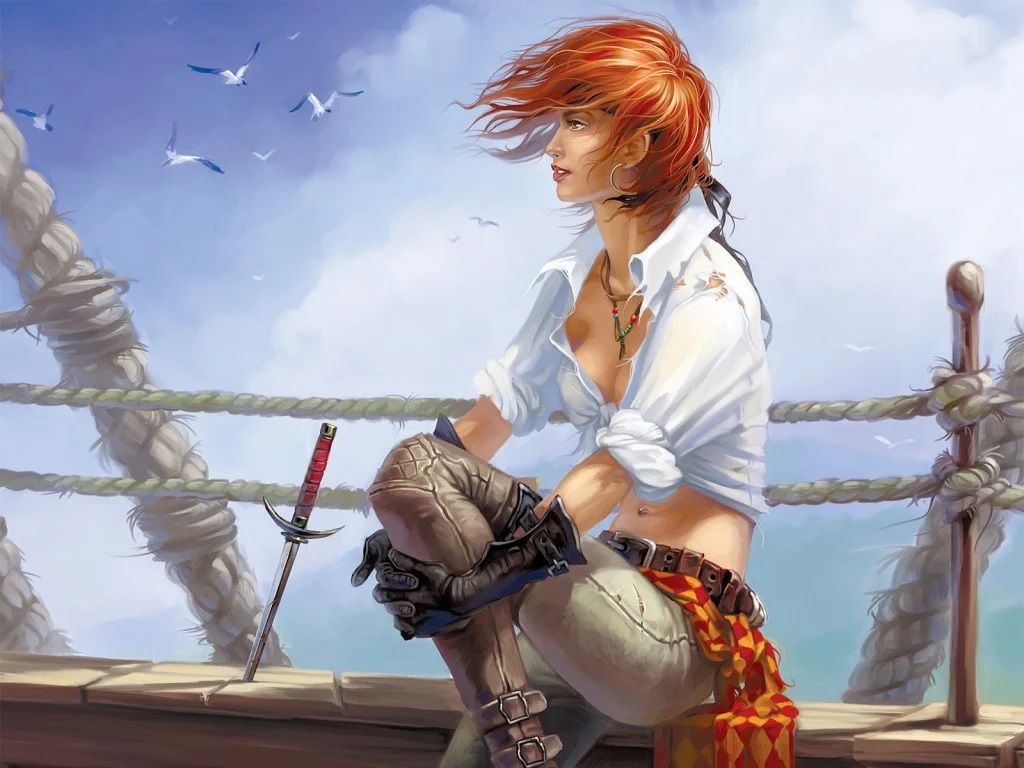Merry Wanderer of the Night [Search results for element]
Just Contemporary — Interview with author Jay Asher!!! (and giveaway)
Huge Pipes, As an Architectural Element
Bump Key: safety of the lock under the threat
Review: Starstruck by Cyn Balog
Review: Tuesdays at the Castle by Jessica Day George
Award Winning Wednesday — Ship Breaker by Paolo Bacigalupi
Award Winning Wednesday — Fat Kid Rules the World by K.L. Going
A Season of Eden — Cover Talk with author Jennifer Laurens
Just Contemporary Guest Review! Katelyn!!
Teaser Tuesdays (Jan. 5)

Memory Monday — A little bit different today
Southern Europe: Britain urged to begin talks on Parthenon marbles

Trip Tip

The Bulldogs (based on an underground comic-book)

The Absolutely True Diary of a Part-Time Indian
FTF Guest Post with author Christopher Healy!
Intro to the English Major
Just Contemporary Interview with Stephanie Kuehnert! (and a giveaway!)
Review: Cinderella, Ninja Warrior by Maureen McGowan
Cover Interview with author Gemma Halliday


